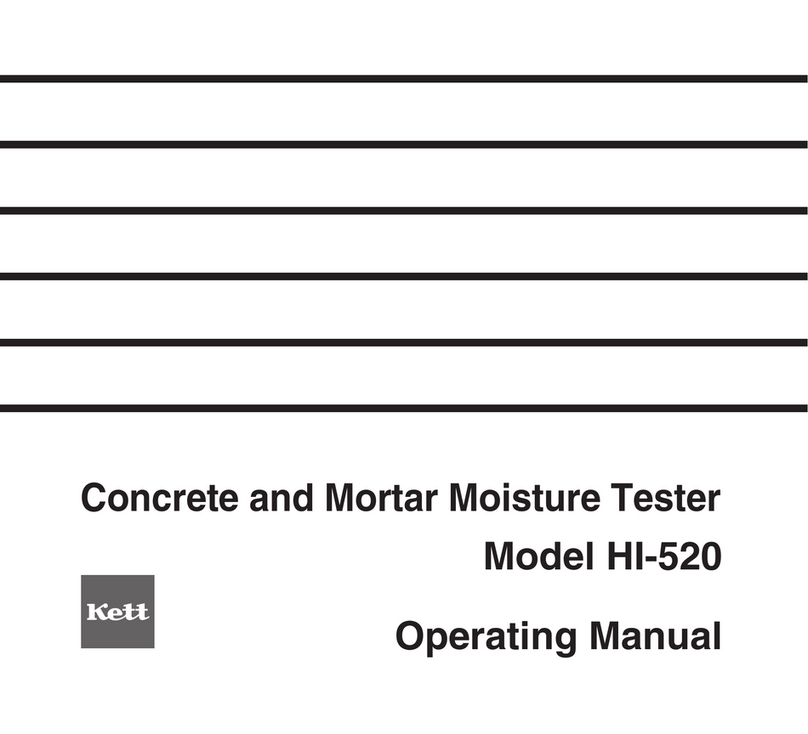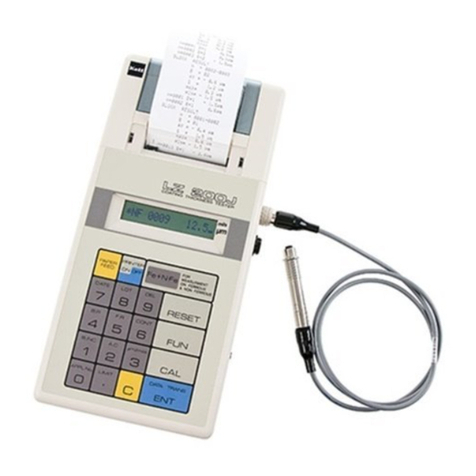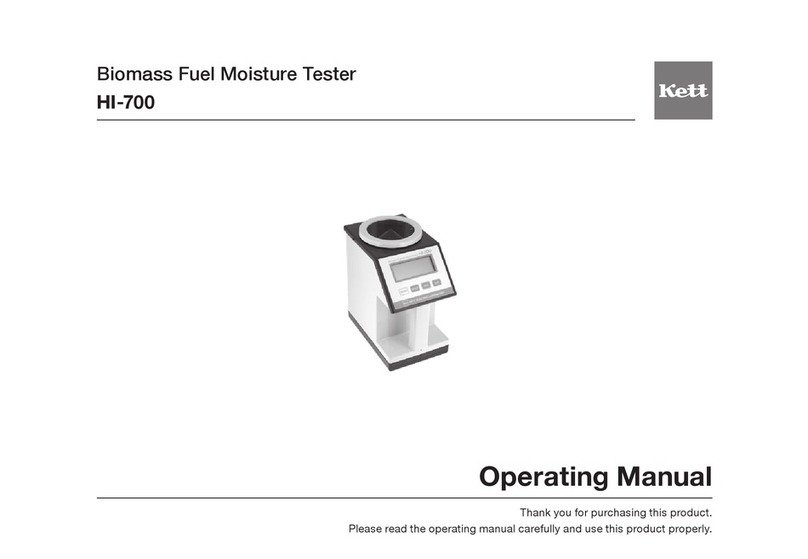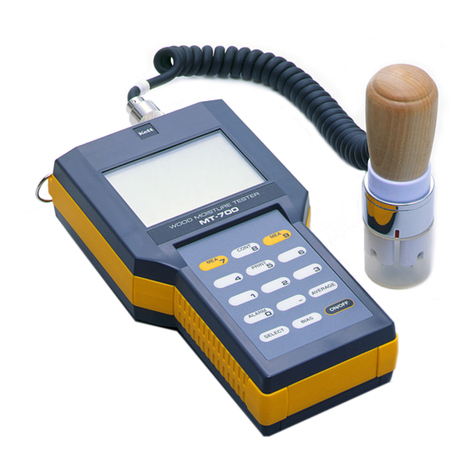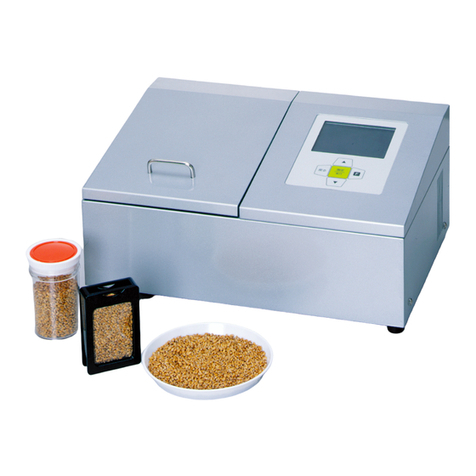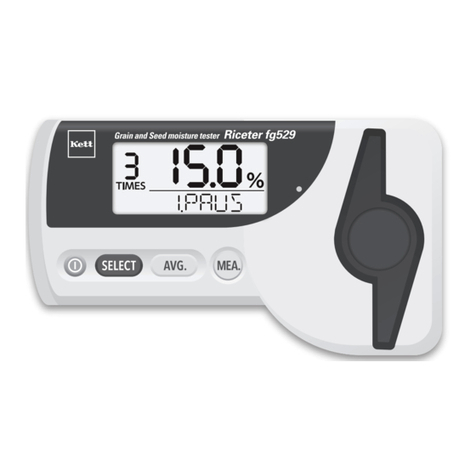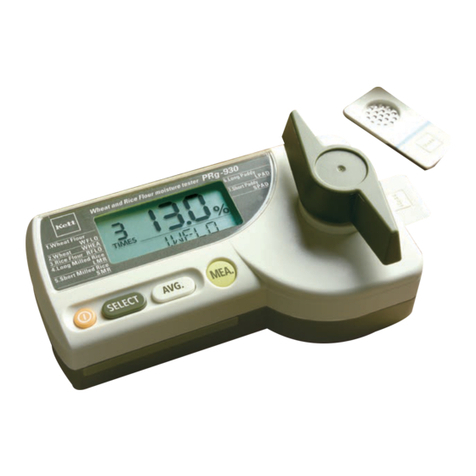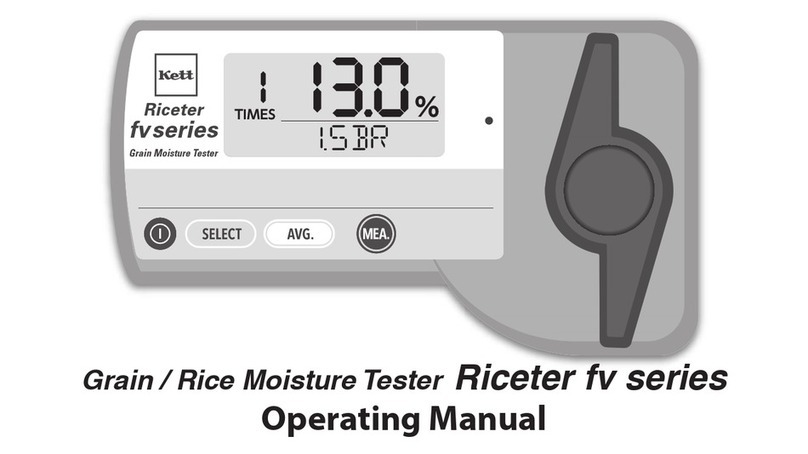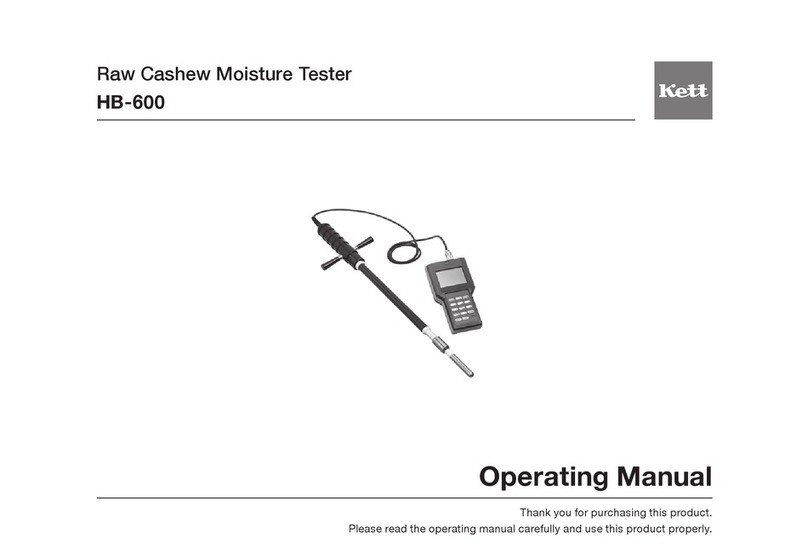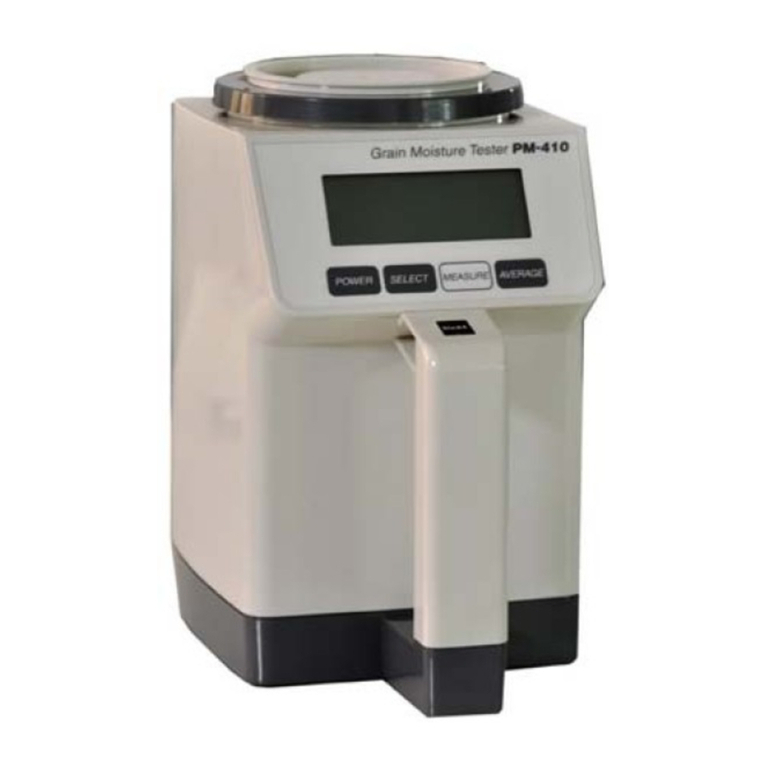
8
5-1. Connecting the Power Cord
[Caution] Power supply voltage may be different when
using this product in other countries. Please only
use a power cord designed for your country.
(1) Insert the power cord into the power supply connector on
the rear side of the main unit.
(2) If the power supply is a three-prong plug 100V-120V outlet,
insertthepowercordintoVACoutlet.(Seetherightgand
in case of 100V-120V uses with blade plug condition)
Connect the included power plug conversion adapter into
the power cord first, then plug the cord into a 100V-120V
power outlet. Next, connect the ground wire on the power
cord to the ground.
[Caution] 200V-240V outlet is used, power cord B should be used.
[Caution] Ifthepowersupplyis200V-240Vwithatbladeplug,the
conversion adapter should be prepared by yourself.
[Caution] If the power supply is 100V-120V with round pin plug, the
conversion adapter should be prepared by yourself.
5-2. Inserting the Whiteness Standard Plate
Asshowninthegure,insertthewhitenessstandardplate
into the sample case slot on the main unit until it cannot be
inserted any further.
[Caution] The whiteness standard plate lid should never be
opened unless you need to clean the glass surface.
[Caution] Make sure the rice whiteness plate is facing in the
correct direction.
5-3. Starting Up the Main Unit
Turn the power switch located on the rear side of the main
unit to ON. "WARMING-UP" is displayed. You will see
numbersashingandafterapproximately20seconds,the
value of the whiteness standard plate is displayed. Once
the value of the whiteness standard plate is displayed,
remove the whiteness standard plate.
[Caution] If the whiteness standard plate is not inserted correctly
when the power switch is turned ON, the display will
repeatedly show "INSERT STD. "If this should occur,
insert the whiteness standard plate into the sample case
slot on the main unit until it cannot be inserted any further.
The C-600 is now ready for measurement.
5. Preparing for Measurement
Sample Case Slot
Whiteness Standard Plate
Rear Side












